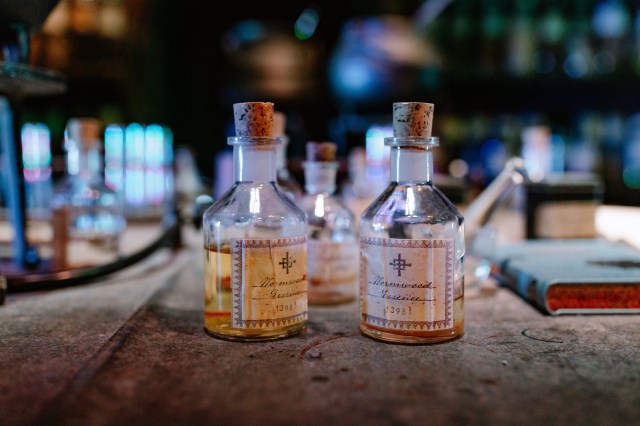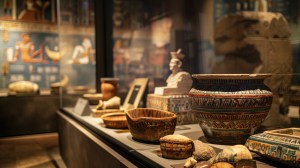Witch Bottles Explained: What Were They Really Used For in Medieval Times?
In the realm of medieval folklore, few artifacts are as intriguing as witch bottles. Often associated with superstition and magic, these small vessels have captured the imagination of historians and enthusiasts alike. But what were witch bottles really used for in medieval times? This article delves deep into their purpose, significance, and the beliefs that surrounded them.
What Are Witch Bottles?
Witch bottles are typically small glass or ceramic containers filled with various materials believed to fend off evil spirits or malevolent forces. Commonly found buried in the ground or hidden within walls of homes from the 16th to 18th centuries, these bottles often contained a mixture of herbs, nails, hair, urine, and other personal items. The contents were thought to create a protective barrier against witches or harmful energies.

Historical Context and Beliefs
During medieval times, society was steeped in superstition and fear of witchcraft. The belief that individuals could be cursed or afflicted by witches led to widespread paranoia. Witch bottles emerged as a folk remedy—an attempt to combat perceived threats from sorcery. People believed that by creating these talismans filled with personal belongings or specific ingredients known for their protective qualities, they could safeguard themselves from harm caused by malicious entities.
The Construction of Witch Bottles
Crafting a witch bottle was often considered a ritualistic act. Individuals would assemble their chosen ingredients carefully while invoking blessings for protection. Common additives included rosemary for protection; salt for purification; and nails to symbolize binding an enemy’s power. Once filled, the bottle would usually be sealed tightly—sometimes even with wax—and then hidden away as an act of faith against evil forces.
Archaeological Discoveries
In recent years, archaeologists have unearthed numerous witch bottles across Europe and North America during digs at old homesites and burial grounds. These findings provide invaluable insights into past cultures’ beliefs about magic and protection practices. Some notable excavations include those from England’s 17th-century sites where entire collections were found beneath floors—indicating their significance in everyday life during that era.
Modern Interpretations
Today, witch bottles inspire fascination not just among historians but also within modern pagan practices such as Wicca where similar concepts are utilized for protective spells or charms. Their historical context offers valuable lessons about human psychology regarding fear—demonstrating how societies cope with uncertainty through rituals and physical symbols intended to ward off malevolence.
In conclusion, while commonly seen through the lens of superstition today, witch bottles served practical purposes rooted deeply in medieval culture’s understanding of danger from unseen forces. They represent a fascinating intersection between folklore and daily life—a testament to humanity’s enduring quest for safety amidst fear.
This text was generated using a large language model, and select text has been reviewed and moderated for purposes such as readability.











